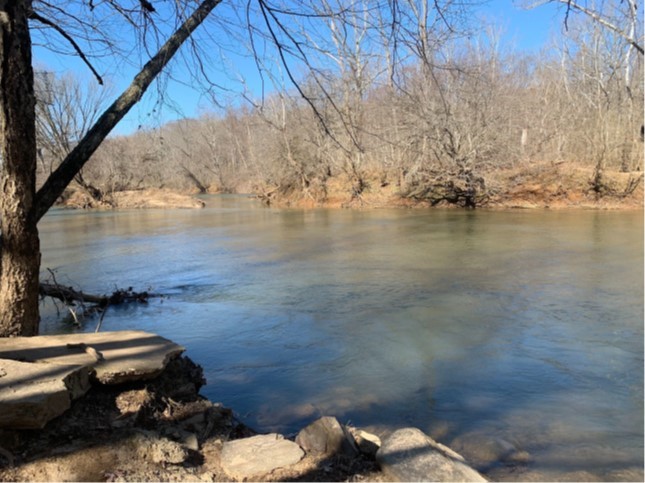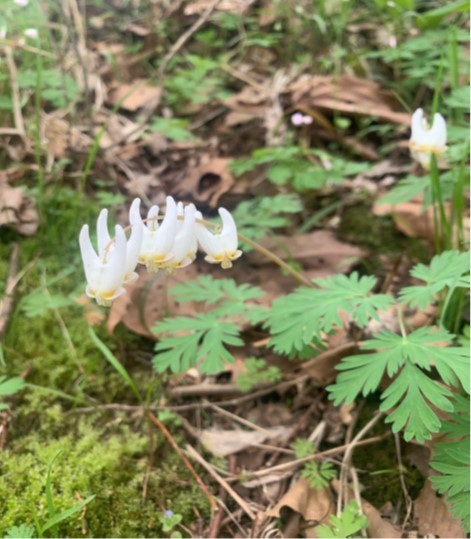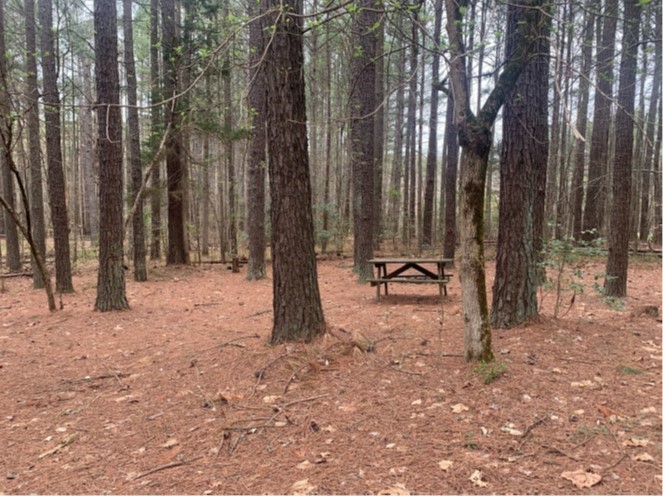VLCF Funded Projects
Virginia’s working farms and forests, battlefields and other historic sites, natural areas, parks and rivers are critical to its economy, culture and quality of life. In 1999, the assembly and governor established the Virginia Land Conservation Foundation (VLCF) to fund protection of these resources. The interactive map below depicts VLCF-grant projects funded since 2000.
| Name: |
Rappahannock River Park (withdrawn) |
| Category: |
Open Spaces and Parks |
| Grant Round: |
FY21 Round 1 |
| Acres: |
46.53 |
| Locality: |
Culpeper County |
| Management Agency: |
Culpeper County |
| Owner: |
Local |
| ConserveVirginia: |
Natural Habitat & Ecosystem Diversity, Floodplains & Flooding Resilience, Cultural & Historic Preservation, Scenic Preservation |
| Amount Awarded: |
$210,000.00 |
| Applicant: |
Culpeper County |
| Latitude: |
38.415079 |
| Longitude: |
-77.6631 |
| Description: |
Culpeper County, together with the Piedmont Environmental Council and other partners, sought to acquire and conserve Rappahannock River Park with VLCF funding. The property consisted of 46.53 acres and will provide public access to: the river with an existing non-motorized boat launch; a park with an existing primitive campground with 47-sites and associated infrastructure; nature trails; a stocked fishing pond; and picnic areas. Currently, public access to the upper Rappahannock River is limited with only one established boat launch at Kelly’s Ford in Culpeper and the nearest downstream launch at Motts Landing in Spotsylvania, nearly 32 miles apart. This project was ideally located halfway between those two sites and would have added to a network of public boating access sites that are quickly developing into an established water trail – including three sites upstream in Fauquier County that are slated for spring 2021. This project aligned with the 2018 Virginia Outdoors Plan’s featured regional project that aims to “Implement the Upper Rappahannock River Water Trail and provide water access along the other regional rivers and tributaries.” This rural property is mostly forested and borders the Rappahannock River for 650 feet. The historic and cultural significance is documented starting in the 1600s through the Civil War, and contains historic features such as Skinker’s Ford, with the historic roadbed still evident today. This project was withdrawn.
|
| Pictures: |    |
|---|



 Department of Conservation and Recreation
Department of Conservation and Recreation

